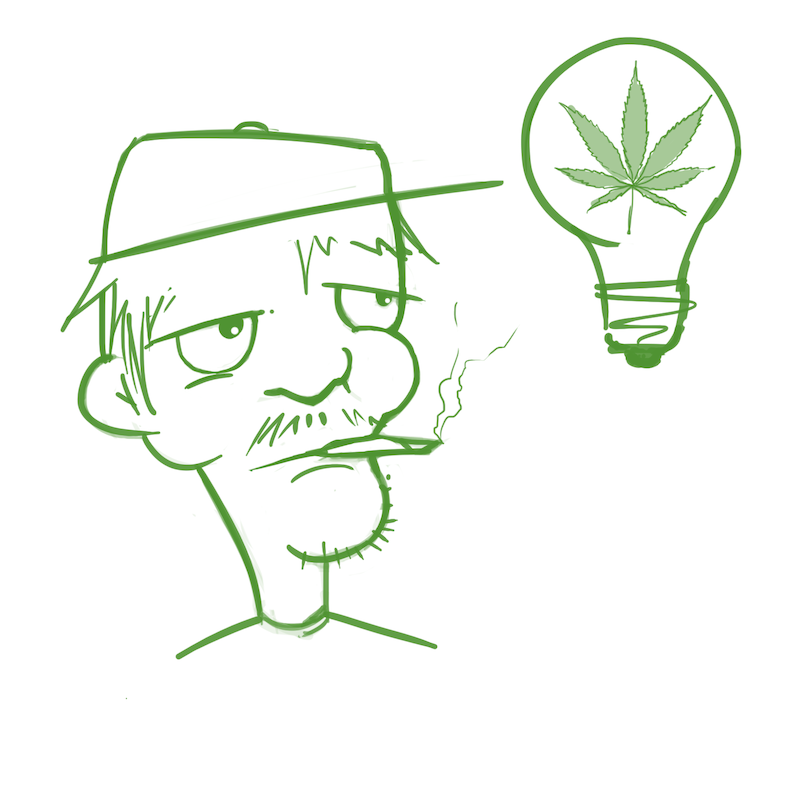A University of Toronto study shows that students who use marijuana get higher grades than those who use both marijuana and tobacco.
The study, published in the Journal of School Health’s March issue, analyzed survey data from the Centre for Addiction and Mental Health’s Ontario Student Drug Use and Health Survey.
Michael Chaiton, one of the study’s researchers, said its purpose was to observe “use and co-use of marijuana and tobacco over the last 30 years,” including changes over time.
Survey data used was collected through the self-report method with a sample of almost 40,000 students in Grades 7, 9, and 11. A user or co-user was someone who said they used tobacco and/or marijuana daily in the past month.
“It’s important to note that both users of either substance are much more at risk than those who don’t use anything, so the big gap is between using something and not using anything at all,” Chaiton said.
Chaiton, a scientist at the Ontario Tobacco Research Unit, said the relationship between the two substances has changed dramatically over time.
“In the 1980s, most marijuana users also smoked tobacco,” he said. “But currently what we see is that in fact most tobacco users also use marijuana—92 per cent of youth who smoke tobacco regularly also use marijuana, so nearly everyone.”
He said only a quarter of current marijuana users also smoke tobacco.
Chaiton also said the perception of users has changed. In the 1980s, the profile of a marijuana user was closer to that of a drug user, while tobacco users seemed more similar to the general population, he said.
“What we’re seeing in the last few years is that that has switched, and the marijuana user is closer to the general population, but the tobacco user is bit more of an indicator of a higher risk,” Chaiton said.
Alfonso Abizaid, a Carleton University neuroscience professor, said the study provides useful information that includes intergenerational data. But he said it does not follow students who dropped out of school, and students might have underreported their use of substances.
“This means that there might be a number of students that report not taking any drug when in fact they do take drugs,” he said. “There might be students that report consuming only one drug when they really consume the two, or that say they only consume either occasionally when they actually do it more often.”
Abizaid said he presumes the same results would be obtained in university students when it comes to academic performance.
He said poly-drug use is associated with poorer performance and higher addiction levels in young adults, so like high school students, university students using both substances would perform worse than those who only use marijuana.
“The reason for this effect may not be due to the direct effects of these drugs but due to many other factors that are also associated with increased drug use,” he said.
Chaiton said schools should be increasing “prevention and programming” regarding tobacco use.
“We look at marijuana use and assume that there may be other risk factors associated with that use, and that’s not necessarily true,” he said. “But certainly for tobacco, and for those who are using tobacco especially regularly, that is strongly associated with increased risk.”






